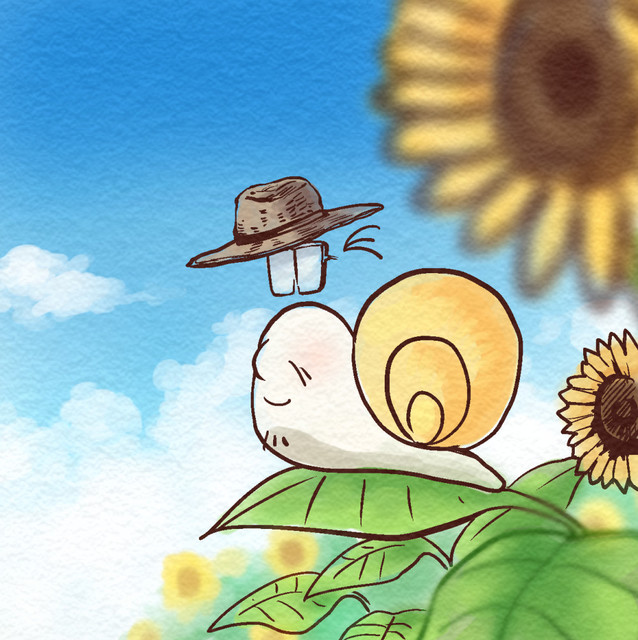(※指示文は、英文をよく讀み、設問の答として與へられた選擇肢から最も適切なものを一つ選んで解答するやう求めてゐます。)
PART 1
Text 1
1.
Contemporary psychologists who study human traits in the context of evolution assume that each of our emotions emerged because it made some contribution to our survival as a species. Even so-called “negative emotions.” For instance, jealousy may not be pleasant but it can serve the positive function of strengthening the relationship between a man and woman. As an ancient instinct it probably kept competitors for one’s mate at a distance, and increased the chances that a couple would stay together, giving their children a better chance to survive. Fear kept primitive peoples away from dangers such as snakes, deep water, and darkness. Anger may have served the positive purpose of giving them the energy to successfully fight off enemies.
2.
Yet the fact that emotions such as these may have evolved for useful reasons does not mean that they inevitably play a productive role in modern life. For example, impulsive violence leads to imprisonment, and hostility is bad for one’s health. In one study, 255 medical students took a personality test measuring their levels of hostility, then twenty-five years later their health was analyzed. It was found that the most aggressive students had experienced five times more heart problems than those who were less hot-headed.
3.
Perhaps this is why until the 1980s most researchers focused on negative emotions; they seemed to cause the most suffering and trouble-for both the individual and for society. An analysis of Psychological Abstracts, a summary of books and articles published in psychology, found that from 1887 to the mid-1990s there were 136,728 titles referring to anger, anxiety, or depression, but only 9,510 referring to joy, satisfaction, or happiness. And it was not until the late 1990s that a focus on positive emotions began to emerge.
4.
Today, researchers are finally beginning to study productive mental states to find ways to help people progress from pathology to normalcy and normalcy to optimal functioning. Among the reasons for this new orientation is the recognition that merely eliminating anger and depression is no guarantee of producing joy and happiness, and the removal of pain does not necessarily lead to the experience of pleasure. Other justifications for the shift include research, such as Norman Bradburn’s 1969 study, showing that pleasant and unpleasant emotional states are produced by different mechanisms and must therefore be studied separately. This observation has been underscored by current physiological research that uses CAT scans to identify which parts of the brain are most active when a subject is experiencing a particular emotion; these studies have shown that for the most part different emotions involve different parts of the cerebral cortex.
5.
As with the negative emotions, one important question is what evolutionary value positive emotions have. According to one of the founders of positive psychology, Barbara Fredrickson, positive emotions broaden the range of our thoughts and actions. This results in better personal adaptation to surroundings as well as better problem-solving skills. Joy, interest, curiosity, and love lead to creativity and innovation, and they also provide a strong basis for community. All of these confer an indisputable evolutionary advantage, not only helping us to live better but longer.
31. What do contemporary psychologists believe about emotions?
a. Emotional states are responsible for psychological development.
b. Some emotions evolved to be more useful than others.
c. Emotions are no longer as useful as they once were.
d. We have emotions because we needed them.
32. What is the point made with the examples in paragraph 1?
a. Negative emotions contributed to survival.
b. Jealousy, fear and anger are all negative emotions.
c. Negative emotions emerged earlier than other emotions.
d. Negative emotions were more important in prehistoric times.
33. How is paragraph 2 related to paragraph 1?
a. It provides contrastive information.
b. It provides alternative information.
c. It provides supportive information.
d. It provides illustrative information.
34. What does paragraph 2 imply?
a. Hostility is bad for the heart.
b. It is good to express natural emotions.
c. Every evolved trait has a use in modern life.
d. Aggression is common among medical students.
35. Referring to the phrase underlined in paragraph 2, people who are “hot-headed”
a. can easily become ill.
b. are quick to get angry.
c. are quick to lose focus.
d. can easily be satisfied.
36. In paragraph 3, the statistics in articles published in the Psychological Abstracts are given to
a. define the nature of the debate.
b. narrow the scope of the investigation.
c. balance negative and positive emotions.
d. support the claim made in the previous sentence.
37. Historically, researchers studied negative emotions more often because
a. such emotions were easy to measure.
b. so much was published on such emotions.
c. such emotions caused the most damage.
d. such emotions were considered most ancient.
38. What did Bradburn’s study show?
a. Eliminating anger can cause happiness.
b. Stopping pain can help increase peace of mind.
c. CAT scans can be useful in treating emotional problems.
d. Positive and negative emotions do not originate from the same part of the brain.
39. The word “underscored” in paragraph 4 is closest in meaning to which of the following?
a. concluded
b. minimized
c. supported
d. approved
40. According to the text, the ultimate evolutionary advantage of positive emotions is that we can
a. cooperate better.
b. have longer lives.
c. become more creative.
d. solve more difficult problems.















